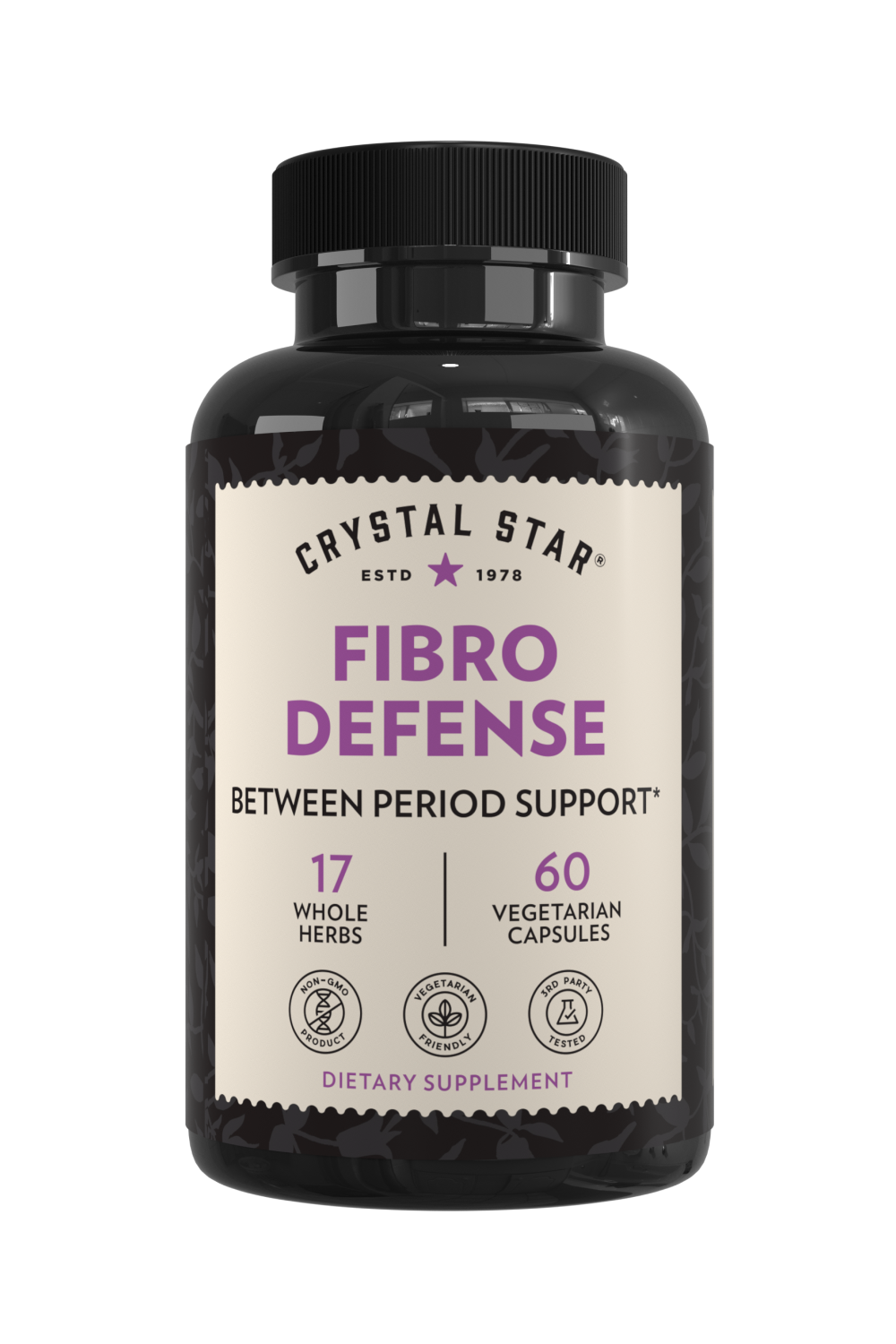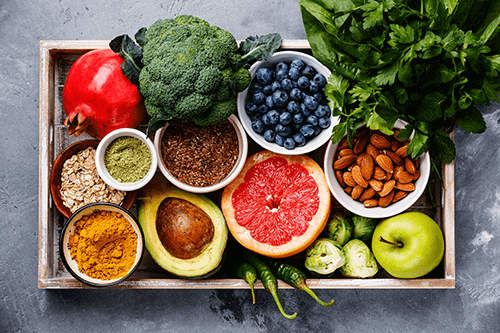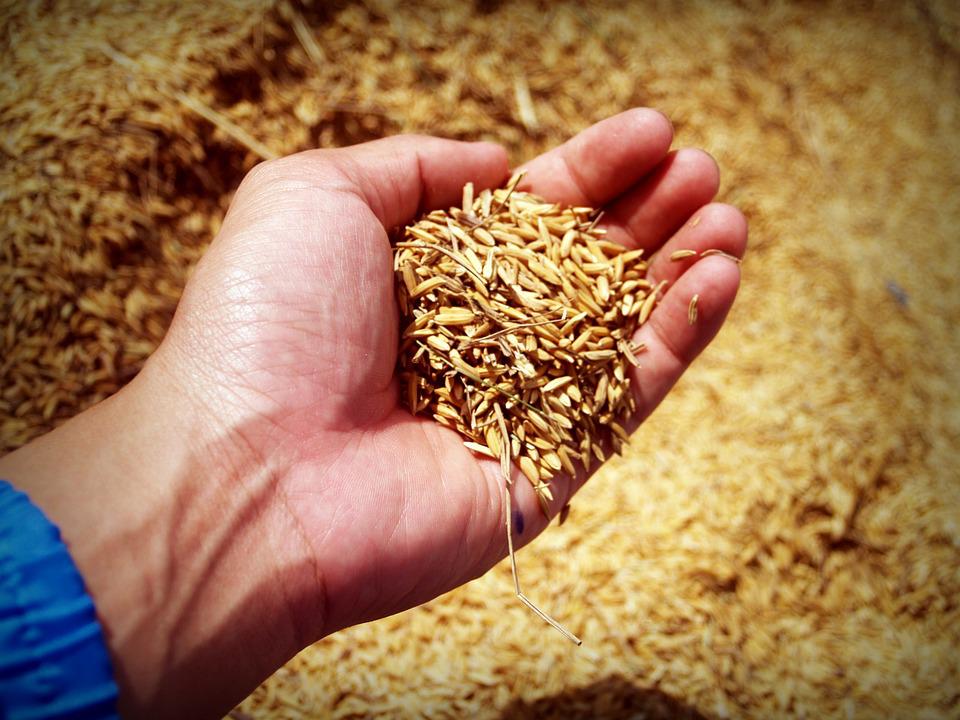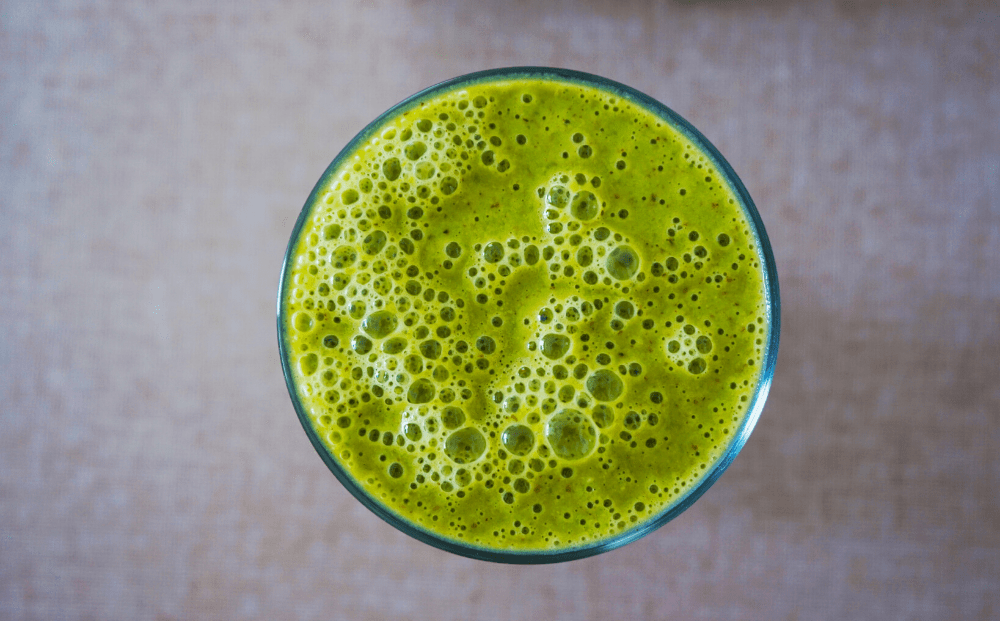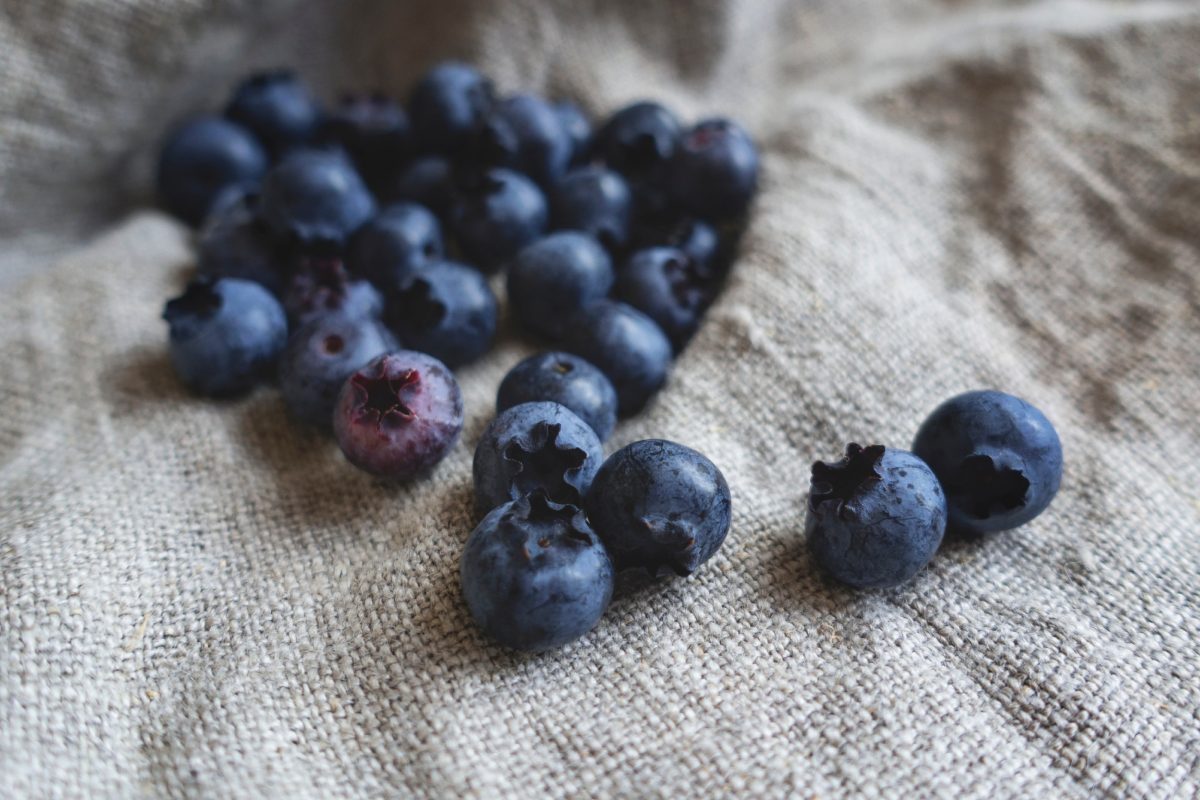
Can you actually detox your liver? If so, why, when, and how?
Liver detoxification is a popular trend in the health and wellness space, but where does this idea come from? Is it actually possible to “detox your liver”? And if so, under what circumstances, how often, and by what means should a person pursue “liver detoxification”? We’ll answer each of these questions in this article.
IS IT ACTUALLY POSSIBLE TO DETOX YOUR LIVER?
The truth is that the term “detoxing your liver” is a bit of a misnomer. The liver is the organ that does the detoxing, meaning that it processes substances and eliminates them from the body.
This includes substances that are foreign to the body, such as pesticides, alcohol, food additives, and even pharmaceutical medication, as well as substances that are native to the body such as the hormone estrogen.[1] The liver itself cannot be detoxed.
This doesn’t mean that there is nothing that you can do to support your liver and improve liver function in cases where the organ may be overburdened.
The good news is that there are quite a few things that you can do to protect your liver and help it do its job more effectively, from making simple lifestyle adjustments to supplementing with certain herbs and supplements for a few weeks or months a year, depending on your healthcare provider’s recommendation.
IS A LIVER CLEANSE DIFFERENT FROM A LIVER DETOX?

Nope. Liver cleanses and detoxes are technically the same thing. Both are misnomers for gentle, natural remedies that support liver health by decreasing oxidative stress, improving liver function by supporting optimal bile flow, and overall helping the liver do its job more effectively.
But since the liver itself cannot be detoxed, “liver cleanse” is technically more correct.
HOW DOES YOUR LIVER WORK?
Let’s start with the basics.
First of all, your liver is one of the largest organs in your body. It’s located mainly in the upper right portion of your abdomen and it extends into the upper left portion. The liver plays a crucial role in the metabolism of fats, proteins, and carbohydrates. It’s also responsible for processing pesticides, alcohol, food additives, and even pharmaceutical medication and converting them into more water-soluble substances, which can be safely and efficiently excreted from the body through bile, urine, and/or feces.
The liver does this by taking these substances through a detoxification process that involves a network of enzymes known as the cytochrome P450 (CYP450) system. Although these CYP450 enzymes occur elsewhere in the body, they’re mostly found in the liver.
The CYP450 system detoxifies in two stages:
 Phase one involves processes known as oxidation, reduction, and hydrolysis. These processes change compounds in a variety of different ways so that they can be safely excreted from the body.
Phase one involves processes known as oxidation, reduction, and hydrolysis. These processes change compounds in a variety of different ways so that they can be safely excreted from the body.
Oxidation involves changing a compound by removing an electron, while reduction changes a compound by adding an electron. Meanwhile, hydrolysis breaks down the bonds that hold a compound together by adding a water molecule. This process results in the compound being split into two different compounds.
Phase two consists of a process called conjugation. In this process, other small, water-soluble compounds are added to the original compound in order to make it more water-soluble. This results in the compound being more easily excreted from the body.
That said, phase one and phase two of the detoxification process aren’t linear. In fact, one substance may only go through the first phase and be eliminated from the body while another substance may go through the second phase only as also be eliminated from the body. Still another may go through both the first and second phases before excretion.
This detoxification process doesn’t happen exclusively in the liver, but since the liver contains most of the body’s CYP450 system enzymes it’s most closely associated with detoxification.
HOW CAN YOU TELL IF YOUR LIVER ISN’T FUNCTIONING PROPERLY?
Because the liver is responsible for clearing toxins, medication, hormones, and so many other substances from the body, we can see a variety of different symptoms when it isn’t in the best of shape.
This can include symptoms and conditions of estrogen dominance—think increased PMS symptoms, depression, headaches, bloating, hot flashes, and a worsening of endometriosis and fibroids. It can also include an increase in acne flares and worsening of other skin conditions.
Some research suggests that sensitivity to multiple chemicals may also be due to suboptimal liver function, but the research is very new and still inconclusive.
On the other hand, optimal liver function decreases your risk of liver diseases such as alcoholic liver disease, non-alcoholic fatty liver disease (NAFLD), and non-alcoholic steatohepatitis (NASH), each of which increases your risk for end-stage liver disease and liver cancer.
So what exactly does supporting optimal liver function look like?
HOW TO SUPPORT YOUR LIVER WITH HERBS AND SUPPLEMENTS

Dietary supplements are robust forms of liver support that can be used quarterly to annually in relatively healthy individuals, or daily for several months in individuals with liver disease under the guidance of a qualified healthcare practitioner.
Since commercially available liver support products are not regulated by the Food and Drug Administration (FDA), it’s best to work with a knowledgeable provider who can help you identify high-quality supplements and potential drug-herb or herb-herb interactions.
Some hard-working ingredients include herbs with cholagogue, choleretic, and hepatoprotective properties.
Hepatoprotective herbs protect the liver from damage due to oxidative stress and exposure to liver-toxic compounds. Cholagogue herbs increase bile production, while choleretic herbs increase bile flow.
If you’re interested in supporting your liver’s natural processes by helping to protect it from free radical damage, consider milk thistle (Silybum marianum) seed and low doses of green tea extract (Camellia sinensis). If you’re interested in enhancing the excretion of toxic and otherwise unwanted substances, consider milk thistle (Silybum marianum) seed, and burdock (Arctium lappa) and dandelion (Taraxacum officinale) roots.
I don’t recommend using these herbs year-round, because too much of a good thing can be harmful at times. For example, while green tea extract has beneficial effects on the liver, taking too much or taking it too frequently has been demonstrated to result in liver inflammation.[2]
It’s important to note that green tea-induced hepatotoxicity is very rare given the number of people who consume green tea on a daily basis. Hepatotoxicity is more likely to occur in people who are taking large amounts of concentrated forms such as green tea extract, rather than whole-leaf green tea. 1.83 grams of green tea extract per day, for example, could hurt your liver much more than help it.[3]
N-acetyl cysteine (NAC) is another non-herbal supplement that can support optimal liver function in people with non-alcoholic fatty liver disease (NAFLD).[4] NAC is an amino acid that the body uses to make glutathione, a potent antioxidant.
HOW TO SUPPORT YOUR LIVER WITH DIET AND EXERCISE
THE BEST FOODS FOR LIVER SUPPORT
Diet and exercise are gentle forms of liver support that can benefit everyone.
Diets that support optimal liver health contain little to (ideally) no alcohol. They also include cruciferous vegetables such as broccoli, cabbage, cauliflower, and bok choy, citrus fruits, and plants of the Allium genus, which includes garlic and onions.
Each of these foods has been demonstrated to be beneficial in preventing liver cancer. Liver-protective diets also include antioxidant-rich foods, such as papaya, cherries, carrots, and most other plant-based foods.[5]
EXERCISES THAT SUPPORT YOUR LIVER
Regular exercise supports optimal liver function because it helps prevent obesity, a major risk factor for liver disease.
Aerobic exercise has been demonstrated to be beneficial in improving your body’s sensitivity to insulin and in reducing your liver’s fat content.[6] As a result, aerobic exercise helps to decrease risk of, and even address conditions like fatty liver disease.
Many studies suggest that the most beneficial intensity, type, and frequency of exercise to maintain optimal liver function may be moderate-intensity aerobic exercise. For example, brisk walking, for up to one hour, five times per week.
Resistance training is also promising because many people with liver disease may be unable to perform aerobic activities. But while some studies show that resistance training improves liver fat content and inflammation, the research has not been consistent.[7] In some cases, resistance training has failed to improve liver enzymes, particularly in individuals with multiple risk factors for liver and other metabolic diseases.[8]
In essence, the best form of exercise to help maintain liver health is the type that you can actually do and that you’re able to stick to in the long run.
But the purpose of all of this exercise isn’t just weight loss. Physical inactivity is associated with increased severity of liver disease, regardless of body weight.[9]
WHAT HAPPENS TO THE LIVER AS YOU AGE?
Aging leads to increased oxidative stress, which leads to increased risk of liver disease. That’s because oxidative stress contributes to the onset and progression of liver damage.[10]
Specifically, free-radical-induced damage increases as we grow older and the resulting oxidative stress is involved in several age-related conditions.[11] Non-alcoholic fatty liver disease (NAFLD) is one of these conditions.
Liver support is especially beneficial in people with NAFLD. This condition can be sneaky, because symptoms tend to be mild or non-existent, and as a result often goes undiagnosed. Fatigue, which is the most common symptom of NAFLD, can also be attributed to so many other causes.
Although liver function test values like alanine aminotransferase (ALT) and aspartate aminotransferase (AST) can be normal in NAFLD, mildly elevated values can also be the only indication of NAFLD.[12] This means that if you aren’t in the habit of visiting your doctor and/or having labs run regularly, your liver could be in suboptimal shape without you knowing.
NAFLD is strongly associated with weight gain.[13] Weight loss programs, such as those that address diet and exercise, were associated with improvements in NAFLD, which includes improvements in liver function test values.[14][15] To support liver health in patients with NAFLD, doctors repeatedly recommend that they lose weight because weight loss is actually “the most effective therapeutic strategy” in the management of NAFLD.[16]
THE BOTTOM LINE

Here’s the bottom line: while the liver cannot technically be detoxed (or cleansed), there are many ways to support optimal liver health, both in healthy individuals and in those with diagnosed, liver-related health conditions.
You can support your liver by protecting it from harmful substances, assisting it in performing its duties, and helping to heal it from any damage that does happen.
The most gentle of these ways, diet and exercise, can be implemented by anyone under the guidance of their primary care provider. The use of natural supplements to support optimal liver function is best done under the guidance of a qualified and knowledgeable healthcare practitioner. This is especially the case if you are taking medication or other herbs and need to be concerned about drug-drug or drug-herb interactions.
Dr. Janelle Louis is a licensed naturopathic doctor who specializes in helping people with childhood trauma overcome the chronic health concerns they are at increased risk for developing, including mental health conditions, reproductive concerns, autoimmune diseases, and metabolic syndrome. Dr. Louis is committed to ensuring that her patients live their healthiest lives in the present in spite of their difficult pasts.
References:
[1] https://www.ncbi.nlm.nih.gov/pubmed/16112414
[2] https://www.ncbi.nlm.nih.gov/books/NBK547925/
[3] LiverTox: Clinical and Research Information on Drug-Induced Liver Injury [Internet]. Bethesda (MD): National Institute of Diabetes and Digestive and Kidney Diseases; 2012-. Green Tea. [Updated 2018 Mar 12]. Available from: https://www.ncbi.nlm.nih.gov/books/NBK547925/
[4] https://www.ncbi.nlm.nih.gov/pmc/articles/PMC3270338/
[5] https://www.ncbi.nlm.nih.gov/pmc/articles/PMC4499388/
[6] Cuthbertson DJ, Shojaee-Moradie F, Sprung VS, Jones H, et al. Dissociation between exercise-induced reduction in liver fat and changes in hepatic and peripheral glucose homoeostasis in obese patients with non-alcoholic fatty liver disease. Clin Sci (Lond). 2016;130(2):93-104.
[7] Zelber-Sagi S, Buch A, Yeshua H, Vaisman N, et al. Effect of resistance training on non-alcoholic fatty-liver disease a randomized-clinical trial. World J Gastroenterol. 2014;20(15):4382-92.
[8] Levinger I, Goodman C, Peake J, Garnham A, Hare DL, Jerums G, Selig S. Inflammation, hepatic enzymes and resistance training in individuals with metabolic risk factors. Diabet Med. 2009;26(3):220-7
[9] https://www.ncbi.nlm.nih.gov/pmc/articles/PMC5954622/
[10] https://www.ncbi.nlm.nih.gov/pmc/articles/PMC4661801/
[11] https://www.ncbi.nlm.nih.gov/pmc/articles/PMC5927356/
[12] https://www.ncbi.nlm.nih.gov/pmc/articles/PMC6499277/
[13] https://www.ncbi.nlm.nih.gov/pmc/articles/PMC4051179/
[14] https://www.ncbi.nlm.nih.gov/pmc/articles/PMC3867211/


